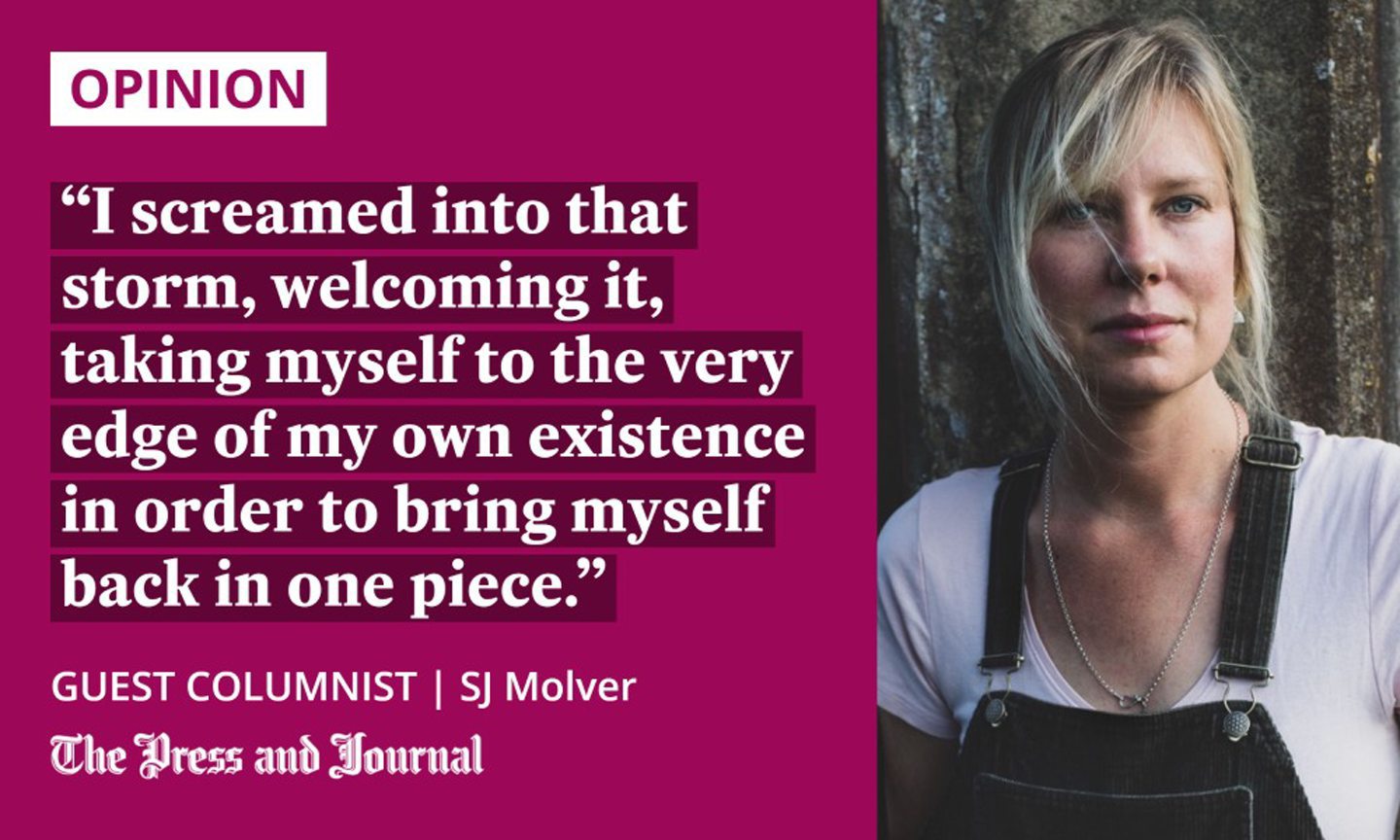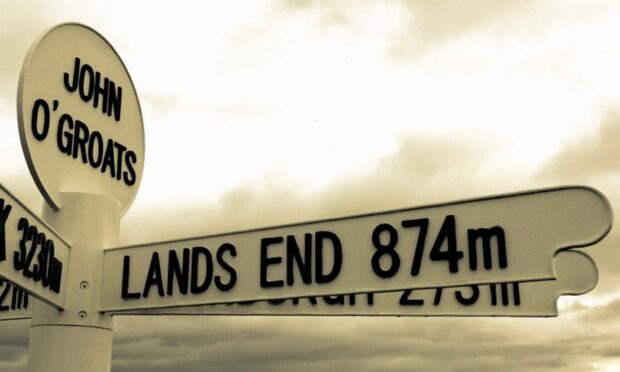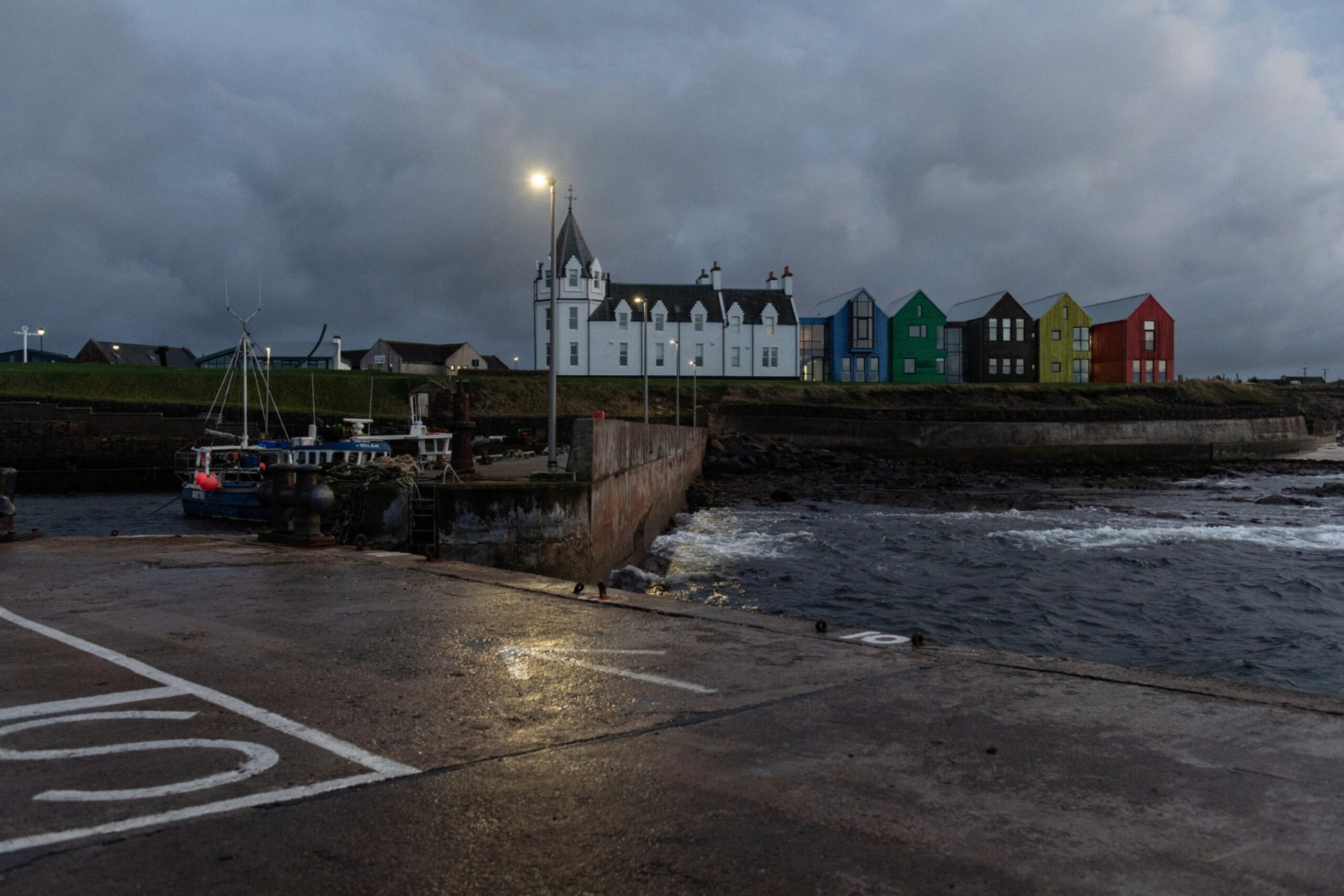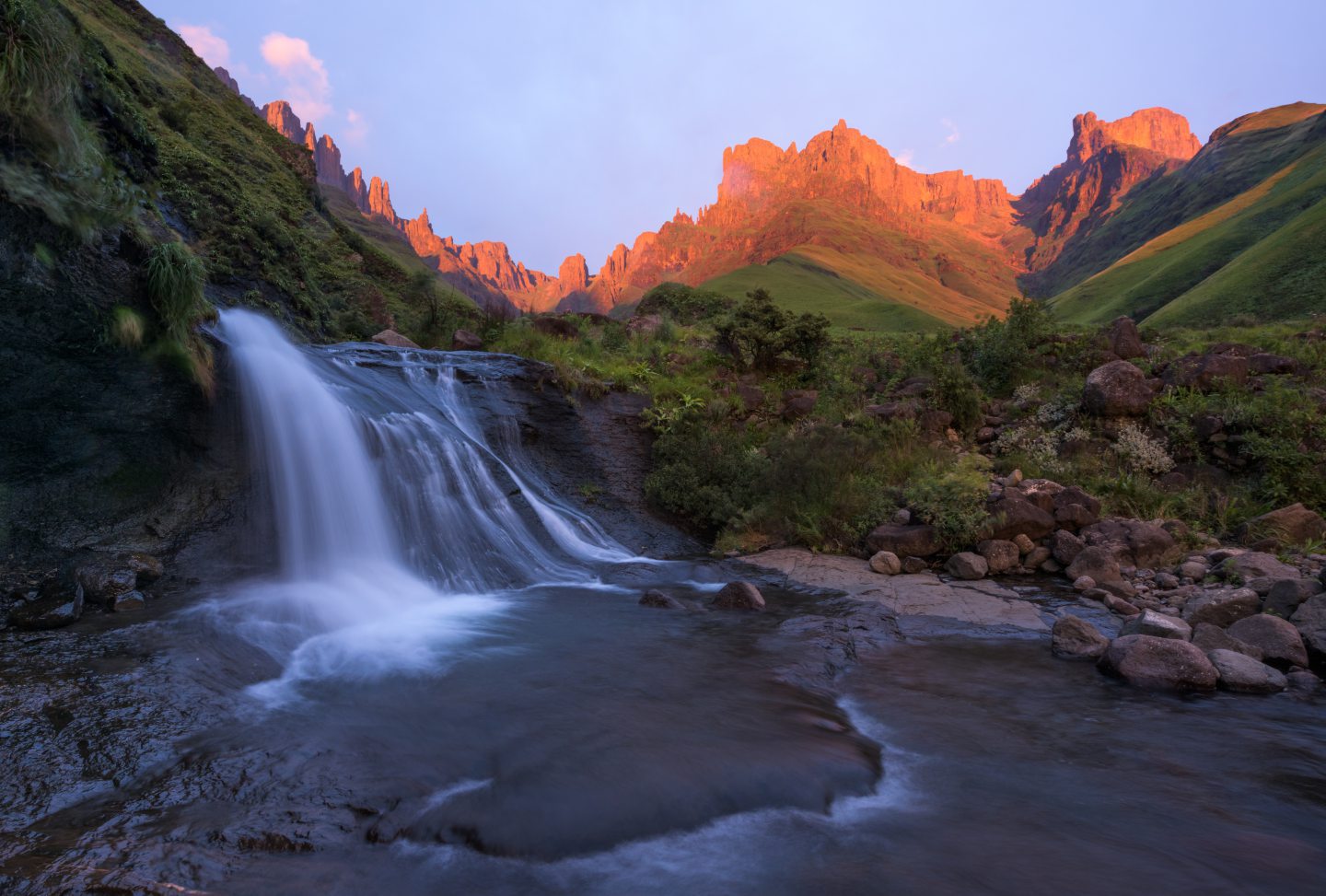After my parents died, I went for a walk.
I packed a one-man tent into a backpack, bought myself a pair of walking boots and hitched a lift to Land’s End. My intention was to walk to John O’ Groats – alone.
I know, I could just pay a few hundred pounds to sit in a comfy chair and talk to a complete stranger about my feelings. Truth is, I find that image far more terrifying than facing the elements on my own.

The route works out at about 870 miles. I took the road less travelled, keeping to the national trails, footpaths and bridleways, hacking my way through unforgiving terrain and creeping silently through some of the most haunted forests. Feeling numb and broken, needing to remind myself that there were other emotions, apart from the hollow darkness of grief.
I wanted to find a way to live alongside pain, rather than be consumed by it.
My mom and dad were everything to me, and I felt absent without them. Throughout my walk, I made myself relive every painful detail of their final chapters. I howled at the moon, sobbed into the empty darkness of the forest, bled from tumbles and falls, dragged myself through muddy bogs and across moors, nearly meeting my end during a terrifying storm in the Highlands.
I screamed into that storm, welcoming it, taking myself to the very edge of my own existence in order to bring myself back in one piece.
Invaded by an otherworldly darkness
My Dad died first. He spent his final days living on an island off the Mozambican coast; the only resident, save for some chickens, guinea fowl and a temperamental generator.
He was well respected by the communities of the neighbouring islands and, when news of his death travelled, they made their way to the water’s edge, bowing their heads in a silent show of respect for a man they loved.
He died in my arms while I was visiting. An otherworldly darkness seeped into me that day.
Everyone was looking at me for strength, support, guidance. Falling apart was going to have to wait
I told his mother her son had died. Words no mother should hear. I felt as though I was being torn open. Everyone was looking at me for strength, support, guidance. Falling apart was going to have to wait.
He was cremated. Half his ashes are buried under a palm tree overlooking the vast Indian Ocean.
Just as the glow from the rising sun crept across the sea, turning the sand golden, I threw the final shovel of dirt over the hole. I decanted the other half of his ashes into a coffee tin and stored them at the back of an old friend’s cupboard. I made sure to label them: “DAD’S ASHES. DO NOT DRINK”.
Unexpected or planned, death causes the same pain
When I was nine, my Mom announced she had cancer. My mother had BRCA1, a gene that increases the risk of cancer if it becomes altered. She was 31 when she knew this was going to kill her, because this type of cancer never gives up.
Once your body starts producing tumours, it doesn’t know how to stop; you just have to fight the fires and hope to live another day. She took 17 years to die, yet she lived every single day.
She worked, surrounding herself with friends and laughter. She spoke freely about her illness, accepting it as part of who she was. She knew she would never see my sister or me be married, and would never be a grandmother. She just concentrated on the beauty of each new day. She lived with kindness.
I remember holding her for the last time, the body that had given me life, comforted me, loved me unconditionally. I phoned her father and told him that his only daughter had died. For 17 years, I’d known this was coming, but it wasn’t enough.
Death can be quick and unexpected, or slow and planned. It makes no difference; the pain is the same.
She was cremated. Half her ashes were scattered around the English countryside, and the other half – well, I put them into an old coffee tin and parked it at the back of my cupboard, labelled: “MOM’S ASHES. DO NOT DRINK”.
1,125 miles of fighting with pain
I would never be the same. So, I went for a walk.
I walked for three months; 1,125 miles of fighting with pain. I wouldn’t say we’re friends, pain and me, but we understand each other a little better.
They can spend the rest of eternity soaking back into the earth they loved
I haven’t forgotten about those ashes. I took the remains of my Mom back to South Africa and reunited them with my Dad. Two coffee tins, which my sister and I took high into the Drakensberg mountains.
We buried them behind a waterfall, and there they can spend the rest of eternity, soaking back into the earth they loved, always a part of the landscape which is etched into my childhood memories.
SJ Molver is an author and painter based in the north-east of Scotland



Conversation